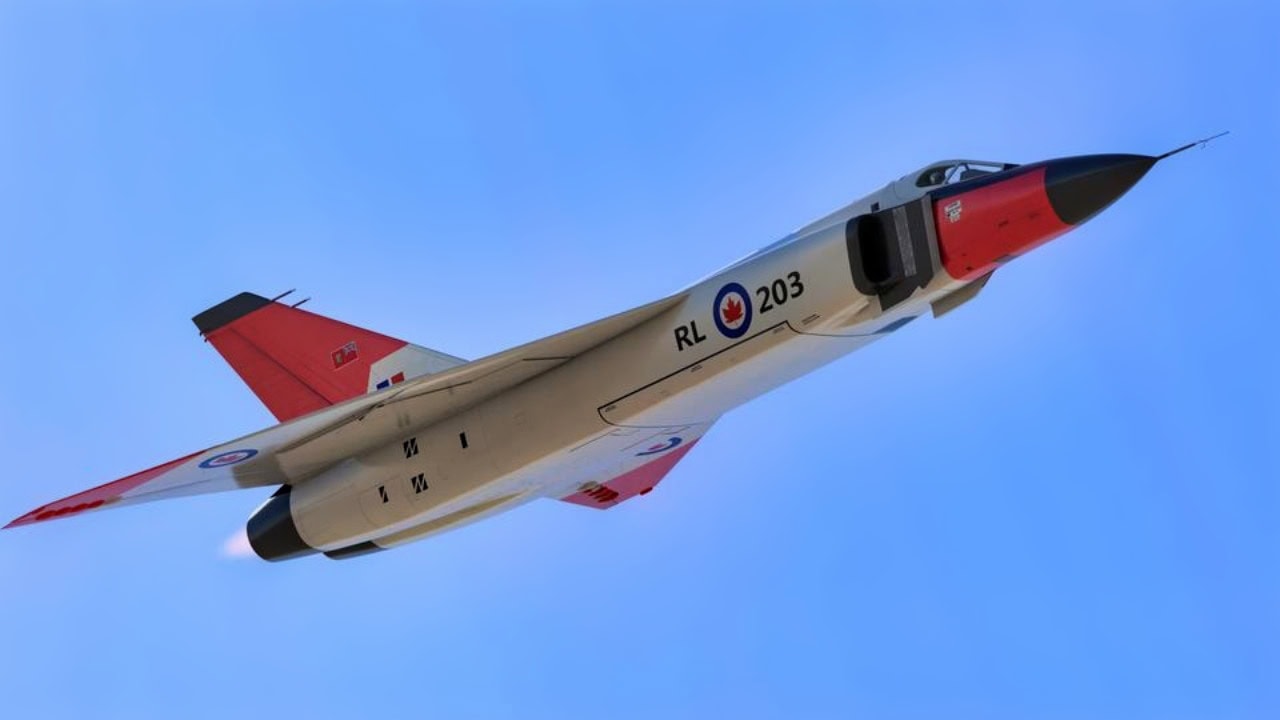Key Points and Summary: The CF-105 Arrow was Canada’s bold foray into aerospace innovation during the Cold War. Designed by Avro Canada, the supersonic interceptor boasted cutting-edge speed, altitude, and technology to counter Soviet bombers.
-Despite its groundbreaking achievements and economic benefits, the program faced escalating costs and shifting defense priorities with the rise of missile systems. In 1959, the Canadian government abruptly canceled the Arrow, destroying all prototypes and dismantling production.
-This decision sparked decades of debate, symbolizing both Canadian ingenuity and lost potential. The Arrow’s legacy endures as a powerful reminder of the complexities of balancing ambition with strategic and political realities.
The Legacy of the CF-105 Arrow: Ambition, Innovation, and Regret
The story of Canada’s CF-105 Arrow is one of ambition, innovation, and controversy, emblematic of the challenges that arise when cutting-edge technology collides with strategic realities and political constraints.
Designed and built in the 1950s by Avro Canada, the CF-105 Arrow was a state-of-the-art supersonic interceptor aircraft, a bold attempt to position Canada as a leader in aerospace innovation during the early years of the Cold War. Despite its groundbreaking potential, the Arrow program was abruptly canceled in 1959, a decision that has sparked decades of debate and reflection on what was lost and what might have been.
The CF-105 Arrow was born out of a strategic imperative. During the early Cold War, the threat of Soviet long-range bombers loomed large over North America. As a key player in continental defense, Canada required an advanced interceptor capable of defending its vast airspace. Avro Canada, already established as a center of aerospace innovation, was tasked with developing an aircraft that could intercept Soviet bombers before they reached their targets. The Arrow was envisioned as a high-speed, high-altitude platform equipped with cutting-edge technology.
What emerged was an aircraft that embodied the apex of Canadian aerospace engineering. Powered initially by twin Pratt & Whitney J75 engines, with plans to transition to the even more advanced Orenda Iroquois engines, the Arrow was designed to reach speeds exceeding Mach 2 and operate at altitudes above 50,000 feet. Its sleek delta-wing design, combined with advanced materials and an integrated weapons system, made it one of the most aerodynamically advanced aircraft of its time. During its initial test flights in 1958, the Arrow demonstrated remarkable speed, climb rate, and maneuverability, placing Canada at the forefront of aviation technology.
The program’s achievements extended beyond the aircraft itself. The Arrow project generated significant economic and industrial benefits, employing thousands of engineers, technicians, and workers. Avro Canada’s facilities became a hub of innovation, fostering advancements in aerospace engineering that resonated beyond the immediate scope of the project. The Arrow was more than just a fighter; it was a symbol of Canadian ambition and technological prowess.
Yet, despite these successes, the Arrow faced mounting challenges. The program’s costs escalated as the project advanced, reflecting the inherent expense of developing cutting-edge military technology. By the late 1950s, the Arrow had become a lightning rod for political criticism, with detractors questioning its affordability and strategic relevance.
At the same time, the advent of intercontinental ballistic missiles (ICBMs) fundamentally altered the nature of defense planning, shifting focus away from manned interceptors toward missile systems and early warning networks.
On February 20, 1959—a day known as “Black Friday” in Canadian aerospace history—Prime Minister John Diefenbaker’s government announced the cancellation of the CF-105 Arrow program. This decision was abrupt and far-reaching. All existing aircraft and prototypes were ordered destroyed, and production facilities were dismantled. The cancellation effectively ended Avro Canada’s role as a major aerospace manufacturer and resulted in the loss of thousands of highly skilled jobs.
The decision to terminate the Arrow has been a subject of enduring controversy. Advocates of the program argue that the Arrow represented a missed opportunity for Canada to establish itself as a global leader in aerospace technology. They point to the aircraft’s unmatched capabilities and the economic benefits it generated as evidence of its value. Critics, however, contend that the Arrow was a costly undertaking that failed to align with Canada’s shifting strategic priorities and fiscal realities.
Some also highlight the influence of U.S.-Canada defense relations, suggesting that Canada’s increasing reliance on American military systems played a role in the program’s demise.
The CF-105 Legacy
The legacy of the CF-105 Arrow endures in multiple ways. The cancellation prompted a “brain drain,” with many of Avro’s engineers and scientists moving to the United States, where they contributed to projects like NASA’s Apollo program. The Arrow has since become a powerful symbol of Canadian ingenuity, evoking a mix of pride and regret over what might have been. Today, the Arrow is celebrated in museums, books, and films, serving as a poignant reminder of Canada’s bold aspirations in aerospace innovation.
In retrospect, the Arrow’s story raises important questions about the intersection of technology, strategy, and politics. Was its cancellation an inevitable outcome of geopolitical and economic pressures, or was it a failure of leadership and vision?
While definitive answers remain elusive, the Arrow’s place in Canadian history is secure as a testament to the heights of technological achievement and the complexities of balancing ambition with practical constraints. It stands as both a cautionary tale and an enduring inspiration for Canada’s potential in innovation and defense.
CF-105: A Photo Essay
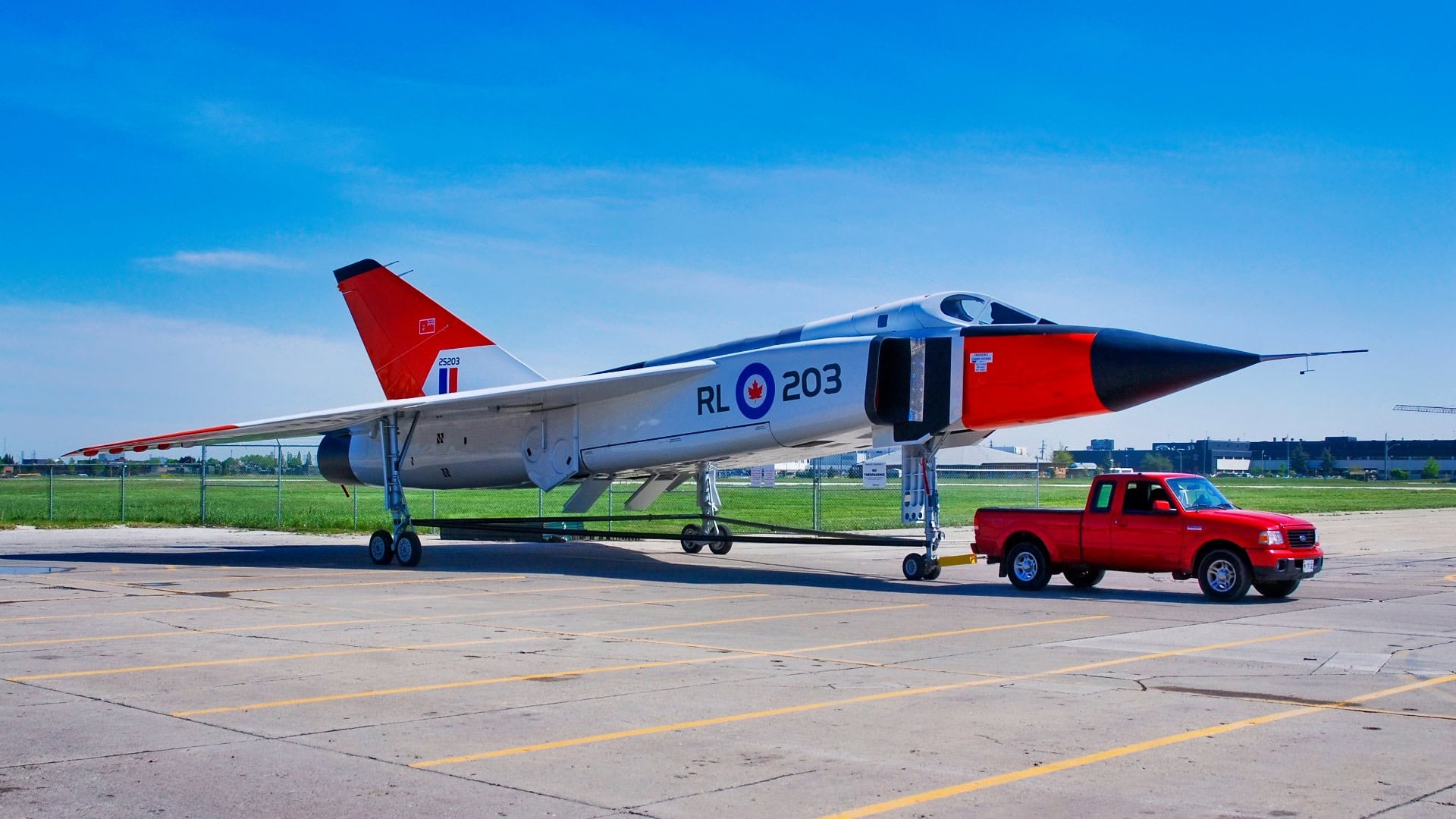
Avro Arrow CF-105 Canada. Image Credit: Creative Commons.
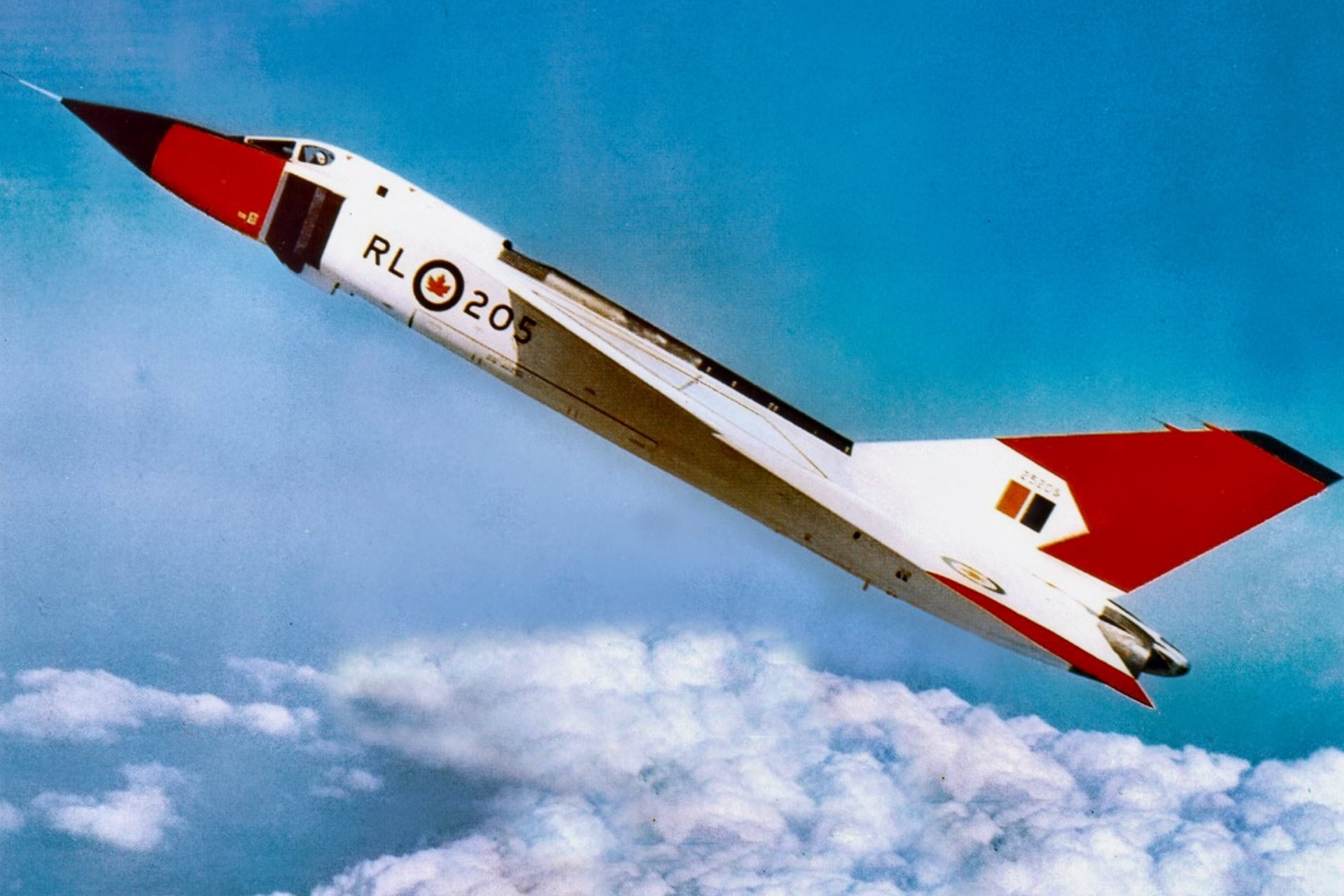
Avro Canada CF-105 Arrow. Image Credit: Creative Commons.

Canada’s CF-105 Avro Arrow fighter.
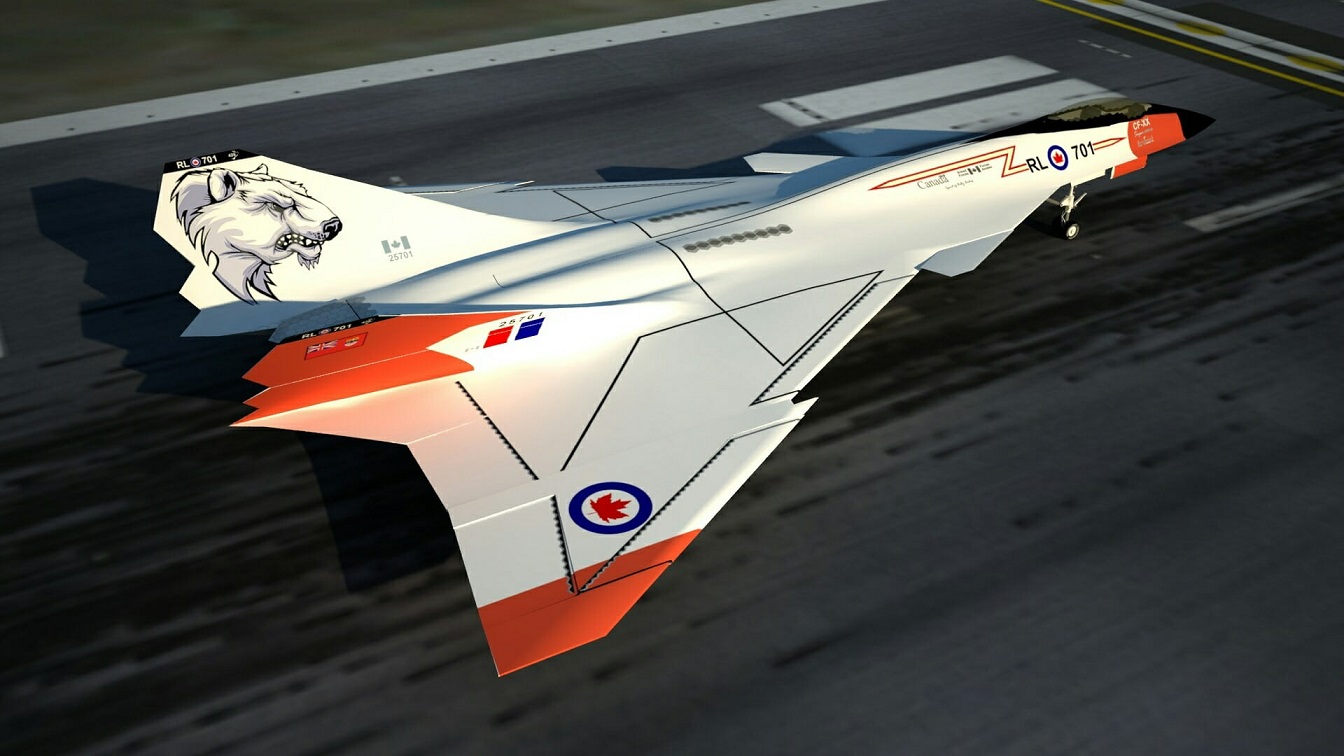
CF-105. Image Credit: Creative Commons.
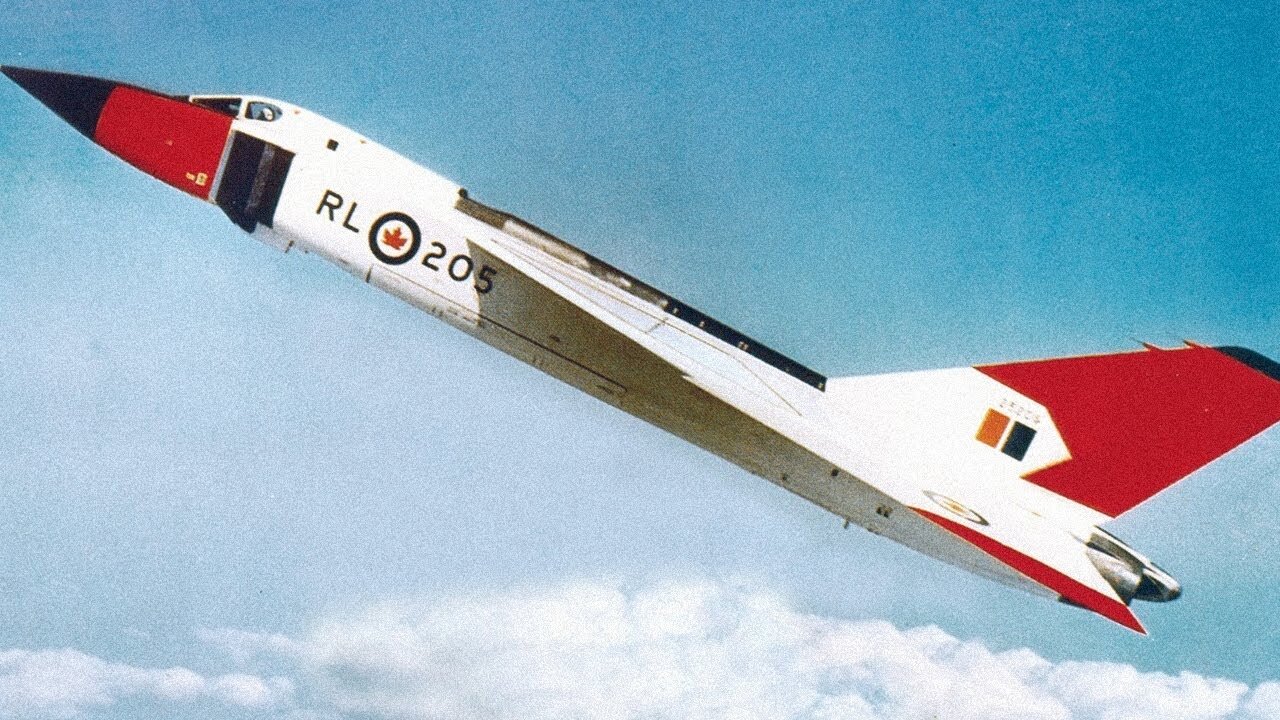
Avro CF-105 Arrow. Image Credit: Creative Commons.
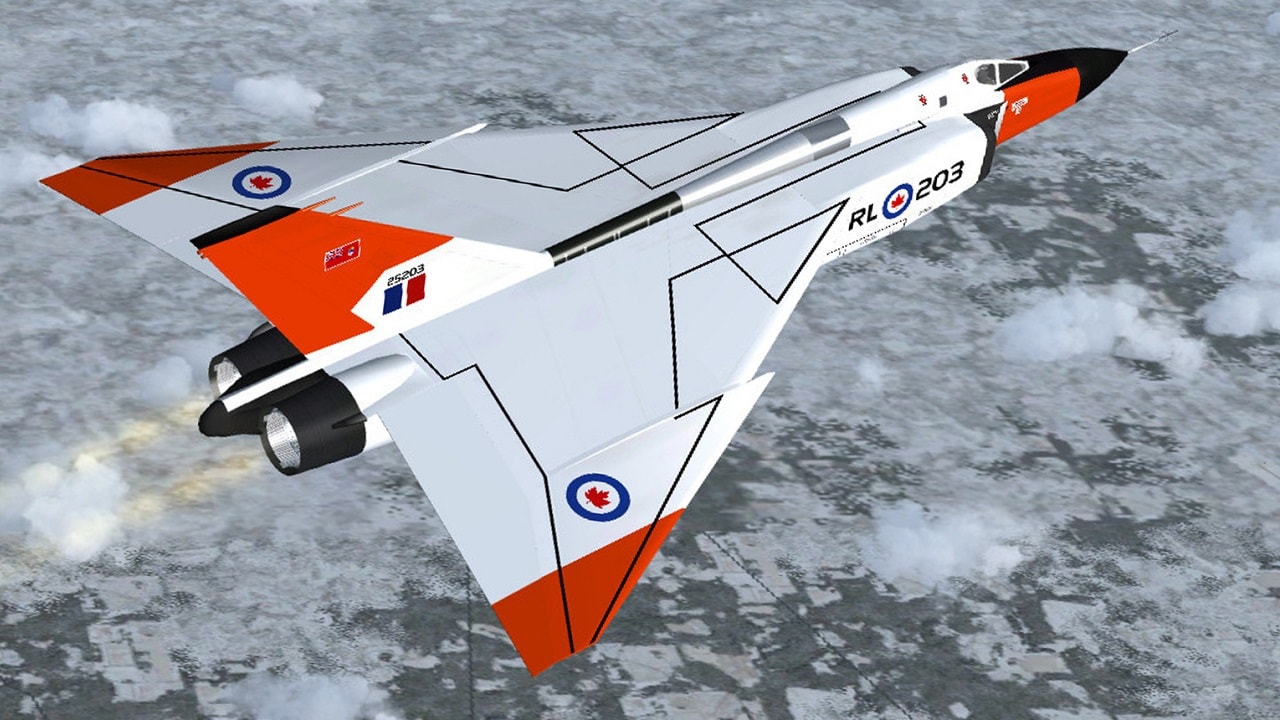
Avro CF-105 Arrow. Image Credit: Creative Commons.
About the Author: Andrew Latham
Andrew Latham is a non-resident fellow at Defense Priorities and a professor of international relations and political theory at Macalester College in Saint Paul, MN. Andrew is now a Contributing Editor to 19FortyFive.

